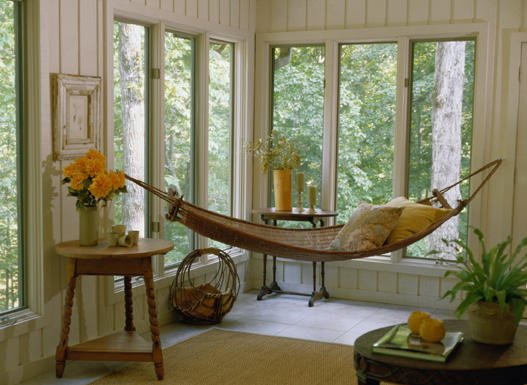Homeowners Stepping Up to Whole House Performance
See if We Have Top-Rated
Home Improvement Contractors in Your Area

Is your home cold & drafty? Are your energy bills sky high? Chances are you need a home energy overhaul. With home energy costs continuing to increase, more and more homeowners are turning to Whole House Home Performance.
So what is Whole House Home Performance and how can it help you lower your home energy bill and increase the comfort and safety of your home? Whole House Home Performance is a "systems approach" in which a trained home performance contractor using state-of-the-art diagnostic testing identifies the root cause of common house hold problems effecting energy use, comfort and indoor air quality. Qualified contractors provide a comprehensive home assessment, identifying problems and their sources and recommendations that will really work to drive down costs and make your home a healthier and more comfortable place to live.
Home performance contractors use equipment such as blower doors and infrared cameras to identify gaps in insulation, the location of air infiltration and the efficiency of home heating and cooling equipment. Armed with this knowledge, attention can be focused on improving the overall performance of the home, not just fixing single isolated problems.
Below are some of the key areas where home performance contractor will evaluate with recommendations that will typically follow.
Sealing Air Leaks and Leaky Ductwork
Sealing air leaks and repairing leaky ductwork can reduce heating and cooling cost by 30% or more. Two of the biggest energy wasters in a home are leaky ducts and a leaky building shell. If your ducts are not properly sealed, your wasting energy every time you heat or cool you home. Much of the air you are paying to heat and cool, to condition your home, is instead heating or cooling your attic and crawl space. If your building shell is leaky, then that expensive conditioned air is headed right outside your home.
To fix the problem the home performance contractor may recommend sealing ducts with mastic, durable foil-backed tape, or aerosol- based sealant, insulating ductworks in the attic of crawlspaces and balancing the duct system to optimize air flow to all rooms.
Make sure that your home is performing its best by hiring a local
Heating and Cooling Contractor
Adding Insulation
In many homes, inadequate ceiling, wall and/or crawlspace insulation levels may be the problem allowing warm and cool air to escape, causing heating and cooling equipment to work harder than necessary. In regions faced with winter freezing, inadequate insulation can also cause ice damming, leading to roof and ceiling leaks and freezing pipes.
A well insulated home provides for more even temperatures throughout the house and results in a quieter, more comfortable home that is easier and less expensive to heat and cool.
Improving Home Heating & Cooling Equipment
If your air conditioner is 15-20 old, you are using 30 to 50% more energy than today's best air conditioners to produce the same amount of cooling. Replacing an old central air conditioner that has a Seasonal Energy Efficiency Rating (SEER) of 7 with a new energy-efficient unit that has a SEER of 14 or better, may cut your air conditioning costs in half.
To be sure that you are receiving all of the energy saving benefits associated with your new system, make sure your contractor tests for duct leakage and seals leaks. If the existing duct system is leaky and inefficient before the new unit is installed, it will still be leaky and inefficient after the new unit is installed. It does not make sense to install a new, energy-efficient air conditioning unit unless the duct system is also energy-efficient.
Upgrading To Energy Efficient Lighting and Appliances
Energy use for lighting and appliances can account for half of your homes total energy bill. New modern appliances are highly efficient and can dramatically reduce your energy cost. For example, if your refrigerator was purchased before 1993, it probably uses 30% more electricity than a new model. If your dishwasher is older than 10 years, it is using a lot more water and nearly 60% more energy than a new high efficiency model. And, if your clothes washers is over 10 years old, chances are it?s using 20-30% or more energy than a new efficiency unit.
Energy saving potential for home lighting is also significant with compact fluorescent lamps (CFL) reducing energy consumption by 66% compared to standard incandescent bulbs providing the same amount of light (lumens). CFLs also last 10 times longer than incandescent lamps, so in most cases you don?t have to change the bulb for four to five years.
A trained home performance contractor can also test for combustion efficiency and safety. Dangerous carbon monoxide fumes can enter the living space when gas or oil-fired appliances are not vented properly. This is known as back drafting and often occurs with poorly vented heating systems, stoves, water heaters, and clothes dryers.
This article was provided by Bruce Matulich, Executive Director of the Electric & Gas Industries Association (EGIA). www.egia.org
More Tips & Advice For Your Home
- Recent Articles

